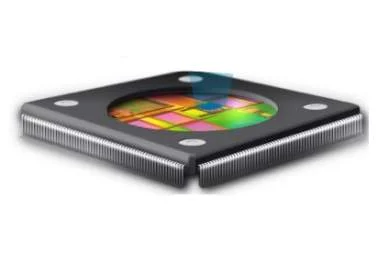ARM and GlobalFoundries have clinched a lucrative deal to jointly deliver 20-nanometer (nm) ARM chips on FinFET transistors.
The latest agreement between the two industry heavyweights also includes graphics processors such as MALI, which are fast becoming an increasingly critical component in mobile devices.

”As part of the agreement, [we] will develop a full platform of ARM Artisan Physical IP, including standard cell libraries, memory compilers and POP IP solutions,” explained ARM exec Simon Segars.
“The results will help enable a new level of system performance and power-efficiency for a range of mobile applications, from smartphones to tablets to ultra-thin notebooks.”
As Segars notes, both ARM and GlobalFoundries have been collaborating for several years to jointly optimize ARM Cortex-A series processors – conducting multiple demonstrations of performance and power-efficiency benefits on 28nm as well as a 20nm test-chip implementation.
“[However], this agreement extends the prior efforts by driving production IP platforms that will enable customer designs on 20nm and promote rapid migration to three-dimensional FinFET transistor technology,” said Segars.
“This will [help] enable a faster time to delivering SoC solutions for customers using next-generation ARM CPUs and GPUs in mobile devices.”
It should also be noted that ARM recently closed a deal with foundry TSMC to collaborate on 20-nanometer (nm) technology and deliver 64-bit ARM chips on FinFET transistors.
An ARM spokesperson told TG Daily the collaboration with TSMC will optimize the next generation of 64-bit ARM processors based on the ARMv8 architecture, ARM Artisan physical intellectual property (IP) and TSMC’s FinFET process for use in mobile and enterprise markets – both of which require high performance and energy efficiency.
“Based on the low-power ARMv8 architecture announced at TechCon 2011, and TSMC’s FinFET process technology, the collaboration will result in improved silicon process, physical IP and processor technology that together will enable new system-on-chip innovation and shortened time-to-market,” said the spokesperson.
“For consumers and enterprises, this means mobile devices and severs that can run demanding applications utilizing low-power cores.”






